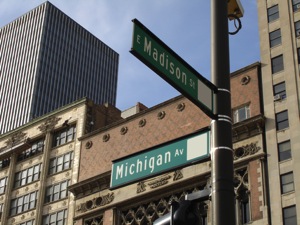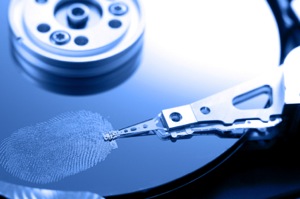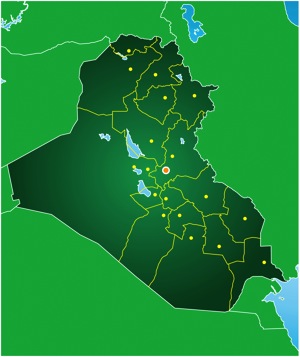Canvas Fingerprinting: a reality check
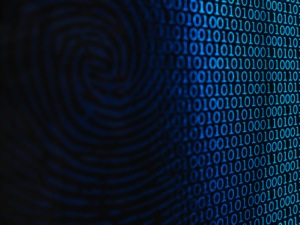
The Internet is buzzing with discussions about a new kind of tracking called Canvas Fingerprinting. In fact, the technique goes back to a paper by Mowery and Shacham back in 2012. Canvas Fingerprinting gets most of its information from the hardware and software used to render images on a given computer. When asked to render a geometric curve or a modern font to the screen, the system has many decisions to make in the process of turning that into the brightness and color values of the pixels in the image. The technique for creating the Canvas Fingerprint is to give the browser a somewhat complex image to render, capture the actual pixel values produced, which is then hashed down to make the actual fingerprint.
Canvas Fingerprinting is really just another technique for capturing information about a user’s computer as part of a larger system fingerprint. I have been talking about tools like Panopticlick which take all kinds of different information they can see about your computer’s configuration to try to create a unique identifier. Testing my computer right now it says that my browser fingerprint contains at least 22 bits of entropy and is unique among the roughly 4.3 million users they have tested so far. Panopticlick uses information about the browser, operating system, time zone, fonts, plugins, and such to create the identifier.
By comparison, Canvas Fingerprinting contains on average 5.7 bits of entropy meaning that about one in 52 people on the Internet would have the exact same fingerprint. That makes it a lousy identifier on its own.
The real power of this new technique is in combination with other fingerprints like those used in Panopticlick. By combining the two there is about 27.7 bits of entropy which would identify me to one in 218 Million people. Once of the strengths of Canvas Fingerprinting is that it captures very different kinds of information than many other methods. For example, because a windows machine comes with a whole bunch of fonts installed, knowing that a computer is running windows immediately tells you a lot about the fonts. The two bits of information are hight correlated. The Canvas Fingerprint mostly gives information about the graphics subsystems. Knowing the operating system does not tell you very much at all about the specific chipset or firmware in the graphics processor, they are mostly independent.
So, in short Canvas Fingerprinting is not that big a deal, and folks should not get so worked up about it, however system fingerprinting in general IS a big deal. It is now good enough to allow individual users to be tracked even if they are deleting all their cookies and hiding their IP addresses with tools like Anonymizer Universal. System fingerprints are not identifying in the same way an IP address is, but they do allow a person to be recognized when they revisit a website, or a cooperating website.
Current best practice to minimize System Fingerprint based tracking (including Canvas Fingerprinting) is to run the browser inside a clean and un-customized virtual machine, which you then revert back to the clean state at the end of every use. That will give your browser a maximally generic identifier, while also eliminating all other kinds of tracking techniques.
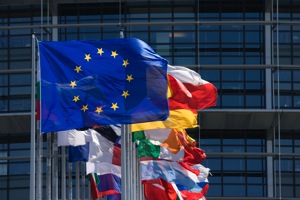
 Tor just announced that they have detected and blocked an attack that may have allowed hidden services and possibly users to be de-anonymized.
Tor just announced that they have detected and blocked an attack that may have allowed hidden services and possibly users to be de-anonymized. The Russian Ministry of Internal Affairs recently announced a contest to create a method to identify Tor users, with a prize of about $114,000.
The Russian Ministry of Internal Affairs recently announced a contest to create a method to identify Tor users, with a prize of about $114,000.







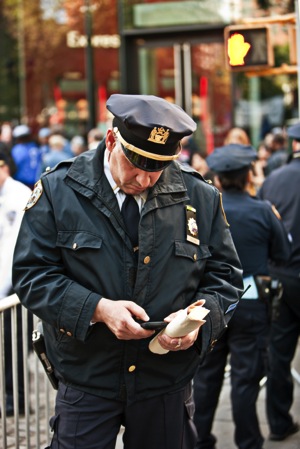 In a unanimous decision, the Supreme Court ruled that police must obtain a warrant before searching suspect’s cellphone. Before this, cellphones were treated just like anything else a suspect might carry, including wallet, keys, address book, or various other “pocket litter”.
In a unanimous decision, the Supreme Court ruled that police must obtain a warrant before searching suspect’s cellphone. Before this, cellphones were treated just like anything else a suspect might carry, including wallet, keys, address book, or various other “pocket litter”. The Massachusetts High Court recently ruled that a suspect can be compelled to decrypt disks, files, and devices which have been seized by law enforcement. The crux of the question before the court was whether compelling the password for decryption is forbidden by the Fifth Amendment protection against self incrimination.
The Massachusetts High Court recently ruled that a suspect can be compelled to decrypt disks, files, and devices which have been seized by law enforcement. The crux of the question before the court was whether compelling the password for decryption is forbidden by the Fifth Amendment protection against self incrimination. One often hears that some massive collection of data will not have privacy implications because it has been “anonymized”. Any time you hear that, treat the statement with great skepticism. It turns out that effectively anonymizing data, making it impossible to identify the individuals in the data set, is much harder than you might think. The reason comes down to combinatorics and structured information.
One often hears that some massive collection of data will not have privacy implications because it has been “anonymized”. Any time you hear that, treat the statement with great skepticism. It turns out that effectively anonymizing data, making it impossible to identify the individuals in the data set, is much harder than you might think. The reason comes down to combinatorics and structured information.